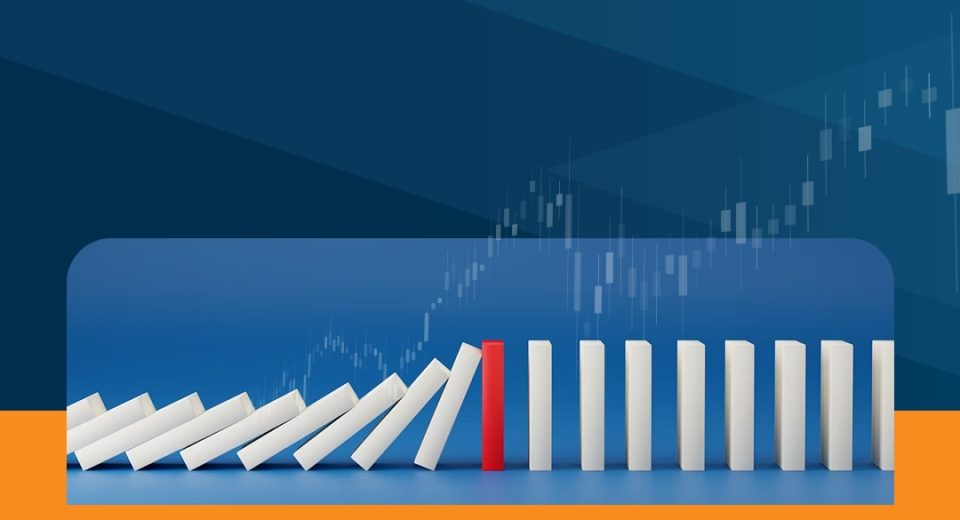Debunking the Top Trading Myths

Remember when the world thought that everything, including the sun, revolved around the Earth? When there is little knowledge about a subject, myths are bound to flourish. Trading is no different. Here’s a look at some of the most common trading myths and the truth behind them.
#1. There are right & wrong trading personalities
There is no perfect trading personality. However, there is a suitable trading psyche and it has to be developed. Jack Schwager’s Market Wizards highlights how all successful traders take the time to understand the markets and build trading strategies that match their personalities. So, focus on practicing on a demo account and identifying the trading instruments, market setups, and techniques to optimise your trading experiences. You can be risk-averse or risk-taking, there always is a trading strategy that matches your temperament. While training your mind is necessary, you must fine-tune your strategy to make the most of the opportunities presented by the live markets.
#2. Paper trading is not trading
You might have heard the saying, “If it doesn’t involve money, it isn’t trading.” Sure, it is. Paper trading is a technique to test your trading ideas and strategies without risking your precious funds.
Did you know that the first step to effective trading is protecting your capital? Attempting to earn profits comes only after that. Paper trading or trading on a demo account helps you understand the strengths and weaknesses of your trading strategy. Moreover, it is the best way to learn how your chosen market works and how to manage risks. Whenever you encounter a change in market behaviour or discover a new trading strategy, it is better to test it out on a demo account before entering the live markets.
#3. Social media is the best source of trading education
While social media is an ocean of knowledge, how much of it is worth your while can be difficult to gauge. The best source of trading education is a brokerage that offers targeted and knowledgeable resources. However, experience is the best teacher. So, before entering the live markets evaluate your learning through a demo account. Social and copy trading help in learning by doing. Remember to choose trading setups that match your trading style. And remember to adjust trading parameters to your risk appetite and available capital.
#4. Keep trading to increase profits
While Mellody Hobson, co-CEO of Ariel Investments and an active financial literacy campaigner, says, “The biggest risk of all is not taking one,” it is paramount to only take strategic risks, ones that you can afford. That means you must know when to stop trading. After a negative experience, your emotions are heightened. Your desire to beat the market might translate into emotions like greed or anger, which could influence your decisions. So, wait to calm down before you open your next position and stick to your trading strategy. Similarly, when the market is moving erratically, due to an uncertain event, it is better to wait it out and let the market digest the news before you open a trade.
#5. You need a lot of money to begin
You don’t need huge capital to start trading. Some brokerages even accept a minimum deposit of $1! If you’re wondering whether that will be enough to trade your preferred assets, the answer is a big YES. Trading with derivatives helps you gain exposure to forex, stocks, commodities and cryptos without investing big bucks.
CFD trading, for instance, is a popular technique to amplify one’s purchasing power. With the help of margin, you can open a position that is anywhere between 10 times and 100 times larger than your invested capital. Additionally, trading CFDs allows you to trade in both rising and falling markets, multiplying the number of opportunities you can explore. The only thing you need to remember is that CFD trading may amplify both your profit and your loss potential. Therefore, risk management is critical. The time you spent on paper trading to learn to manage risk bears fruit here.
#6. Develop & stick to only one trading strategy
There is no holy grail of trading strategies. Market sentiment, economic data, company fundamentals, and geopolitical stability (or instability) all impact forex, commodities, and stock prices. Trying to find one strategy that fits all market conditions could be a recipe for disaster. Having a trading system in place with room for tweaks to address market fluctuations and factors causing them is a great way to optimise your trading experience. Trying to refine a money-making system to make more usually complicates the strategy with too many variables and indicators. The more complex a trading strategy becomes, the more difficult it is to gauge and respond to market signals in time.
To Sum Up
- Develop a trading strategy that matches your trading psyche.
- Paper trading or demo trading is essential to lay a strong foundation and back-test your trading strategies.
- Trading is the act of market analysis and strategic speculation of price movements.
- Knowing when to take a break and taking frequent breaks are paramount to keep you sharp.
- You don’t need huge capital outlay to begin trading.
- CFD trading is a popular technique to enhance market exposure and trade both rising and falling markets.
Disclaimer:
All data, information, and materials are published and provided “as is” solely for informational purposes only, and is not intended nor should be considered, in any way, as investment advice, recommendations, and/or suggestions for performing any actions with financial instruments. The information and opinions presented do not consider any particular individual’s investment objectives, financial situation, or needs, and hence does not constitute as an advice or a recommendation with respect to any investment product. All investors should seek advice from certified financial advisors based on their unique situation before making any investment decisions in accordance to their personal risk appetite. Blackwell Global endeavours to ensure that the information provided is complete and correct, but make no representation as to the actuality, accuracy or completeness of the information. Information, data, and opinions may change without notice and Blackwell Global is not obliged to update on the changes. The opinions and views expressed are solely those of the authors and analysts and do not necessarily represent that of Blackwell Global or its management, shareholders, and affiliates. Any projections or views of the market provided may not prove to be accurate. Past performance is not necessarily an indicative of future performance. Blackwell Global assumes no liability for any loss arising directly or indirectly from use of or reliance on such information here in contained. Reproduction of this information, in whole or in part, is not permitted.




